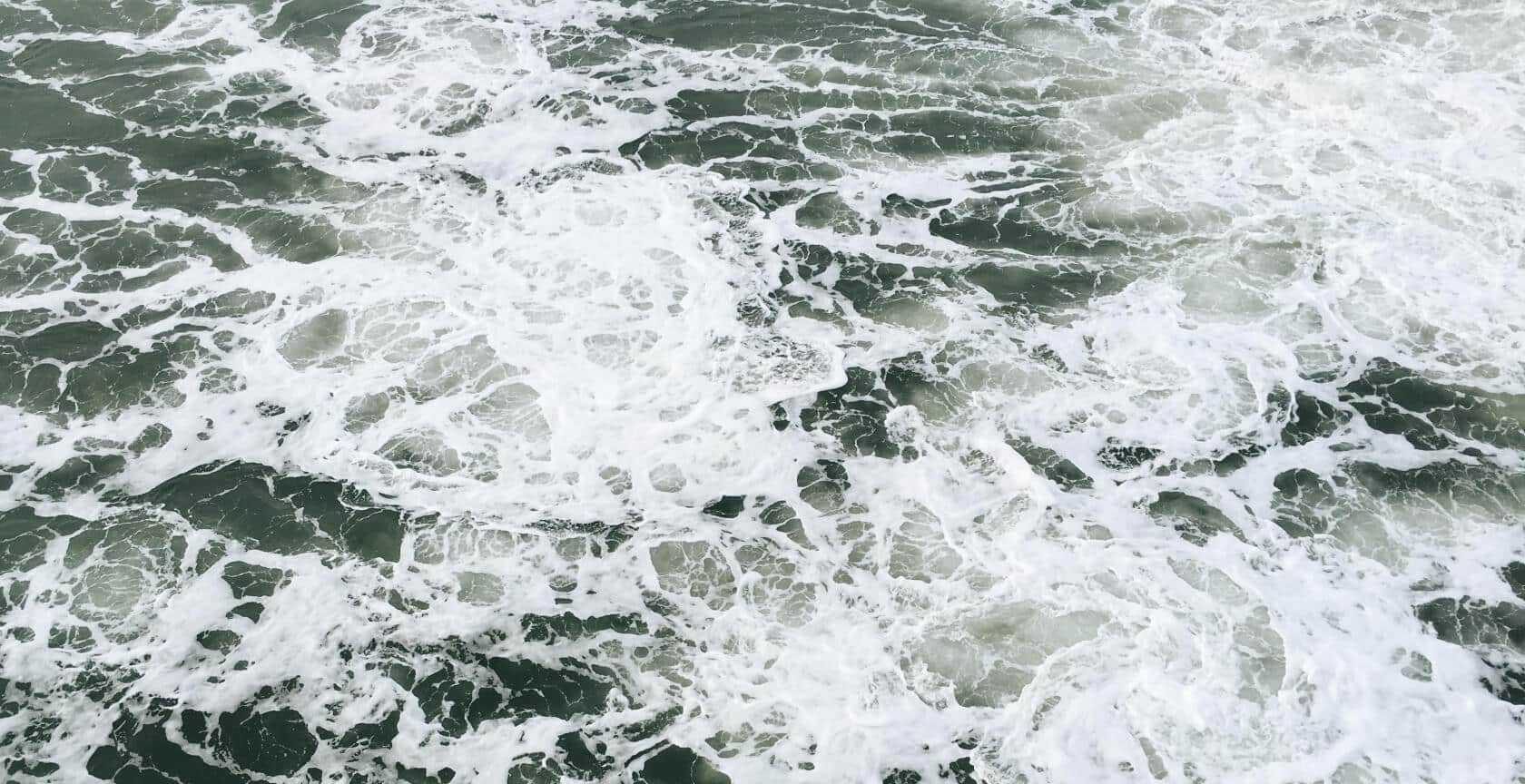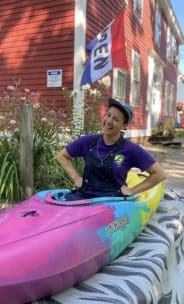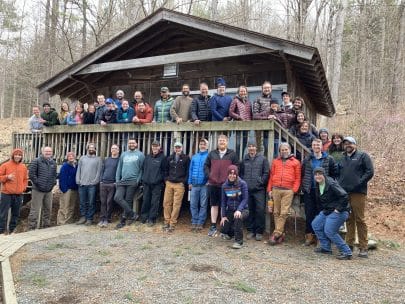There’s so much talk about paddles lately, it’s almost overwhelming. With so many options and ways to customize your paddle, sometimes it’s hard to pick out what’s really important.
When you’re deciding on a paddle, the first thing to determine is the length. Test this by gripping the paddle shaft about one hand’s width away from the base of each blade, then placing the paddle on top of your head. Ideally, your arms will form right angles. If they do, then the position of your arms on that length of paddle is best for maximum power and shoulder comfort. If your arms form an obtuse angle, it might be a good idea to choose a shorter paddle. However, end use does play into length; play boaters tend to go a touch shorter for a faster cadence and racers go a little longer for some extra depth and leverage.
Another consideration is the material. Many entry level paddles feature a fiberglass shaft and composite/plastic blades. The upside of these paddles is that they’re very durable and less expensive. Check out our Werner Desperado for a great starter paddle. With carbon fiber reinforced, injection molded blades, these things are tough. The downside is that they don’t perform as well as fiberglass or full carbon foam-core bladed paddles because the blade flexes when you take a stroke.
Stepping up to a fiberglass paddle means stiffer blades and lighter weight with slightly less durability. Fiberglass strikes a balance between value and performance. Some fantastic offerings include the Werner Powerhouse with large river running blades, and Sherpa with medium sized blades. Adventure Technology is making paddles with Duraweave technology, which makes their paddle shafts some of the most unbreakable on the market. Our fiberglass offerings from AT include the Hercules with medium sized blades, and the Samurai, which is great for play boating. There are a lot more options on our paddle page, and the small step-up in price is a huge step up in performance.
Full carbon offers the ultimate in performance and feel at the top end of the price scale. These things are dreamy! They are stiffer, lighter, and most are more durable. The AT Geronimo Carbon is a super stiff, lightweight paddle suited well for racing, as is the new foam-core Werner Odachi. But you don’t have to be a racer to like nice things! You can spoil yourself with river running paddle like the foam-core Werner Stikine for great performance without going for a full carbon paddle.
Once you’ve decided on material and price range, there are a few other considerations you’ll want to mull over. First off: bent shaft, or straight shaft? Bent shaft paddles are intended to align your wrists and reduce fatigue. If you tend to grip the paddle tightly, then a bent shaft paddle will be more comfortable in the long term. Generally speaking, bent shaft paddles are more forgiving for people with joint issues, especially in the wrist. Check out the AT2 Flexi for a sweet paddle that is easy on the joints. If a tight grip or joint issues are not a concern for you, then a straight shaft may be a good way to cut the costs on a higher end paddle. Remember, it’s all about feel. If you like the way a straight shaft, small shaft or bent shaft feels, go for it.
Another consideration is feather angle. Most paddles have offset blades, meaning that if you looked straight down the shaft of the paddle, one blade would be slightly rotated from the other. This means that when you take a stroke in the water, you have to rotate the paddle slightly in your hand to get full purchase on the water. Feathered paddles were originally designed so the top blade would have less wind resistance during the recovery phase. Most whitewater paddlers now choose offsets around 30-45 degrees, though this tends to be a very personal choice. If you tend to take very vertical strokes, a higher offset paddle will be more comfortable by requiring less bend in the wrist. If you take lower angle strokes, you probably don’t require as much feather to your paddle.
Did you know we can custom order paddles to your liking? ]Many play-boaters prefer 0-15 degree offsets that make both blades available to be pulled on without having to turn the wrist.
Feeling a little overwhelmed? Don’t be afraid to ask lots of questions when you stop by to purchase a paddle! We can help you make sure that whatever you get is a good fit for you physically, financially, and for your paddling ability.


